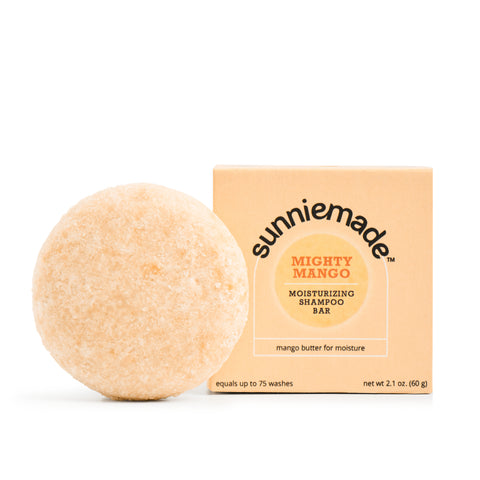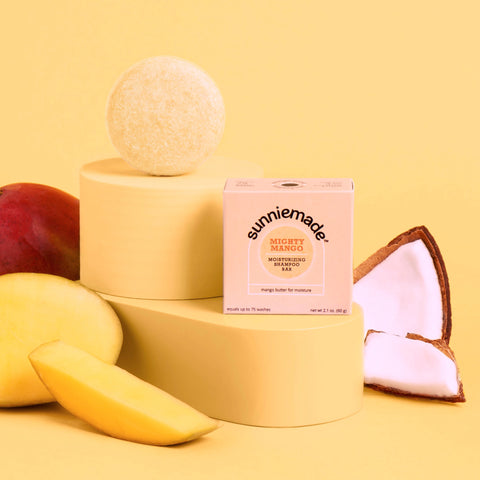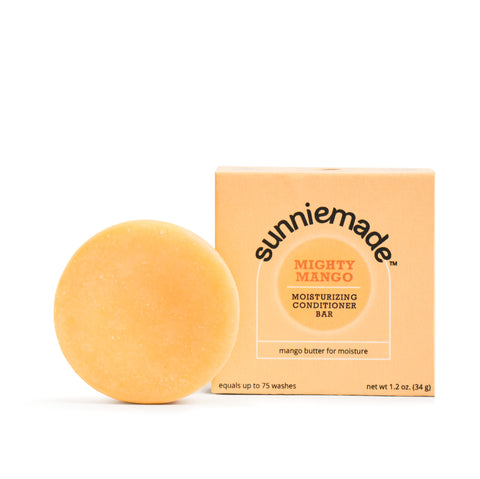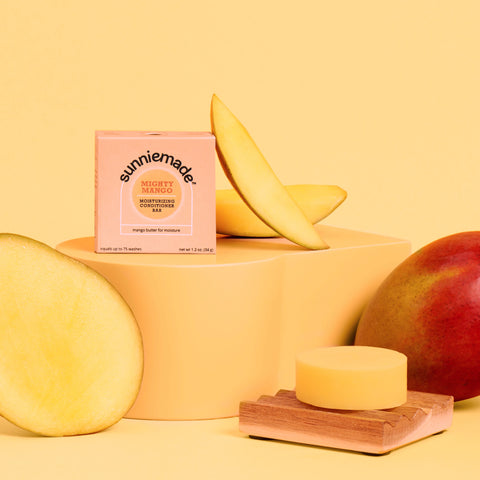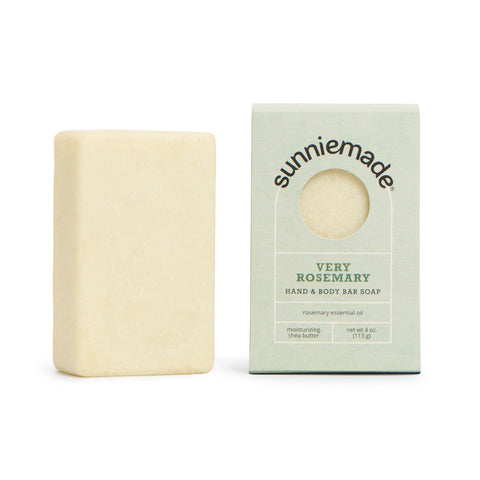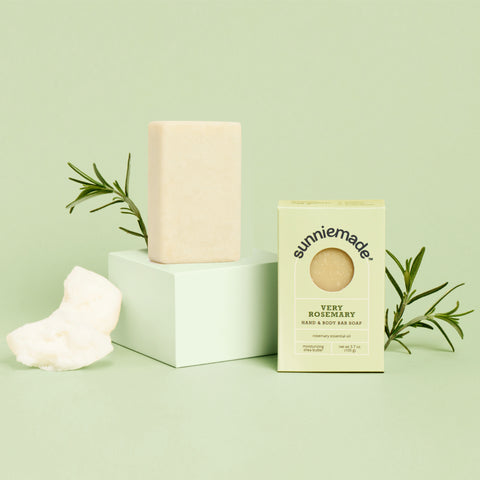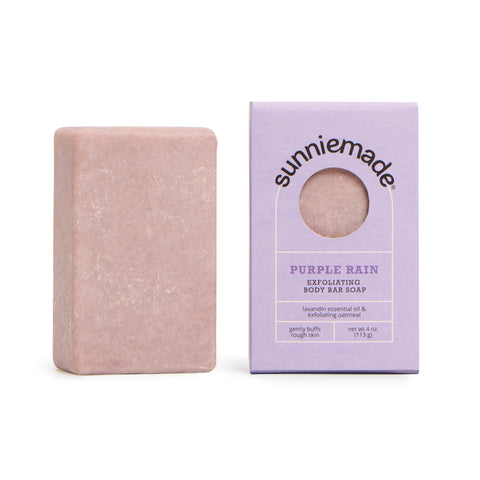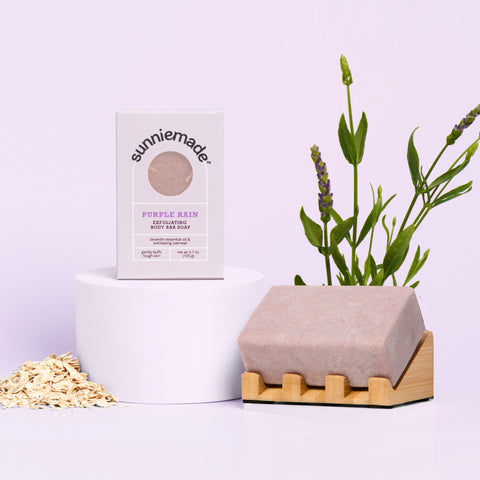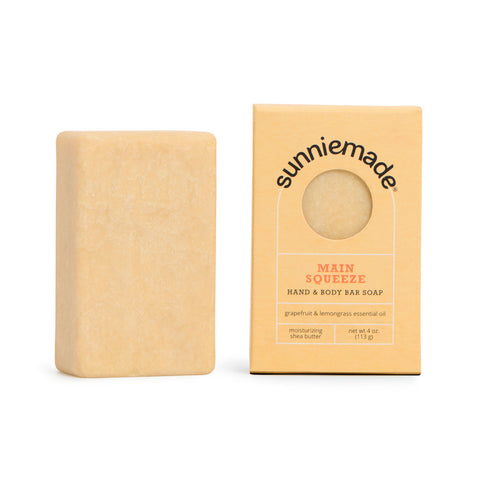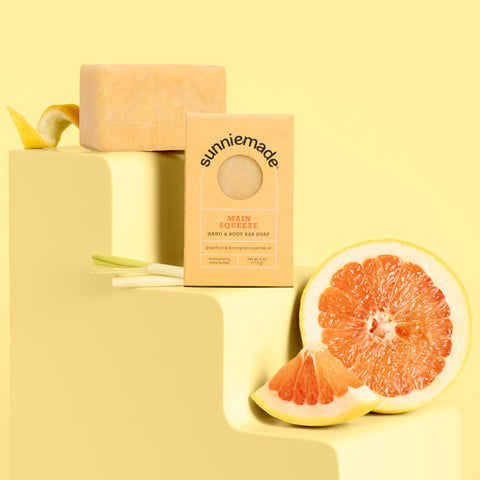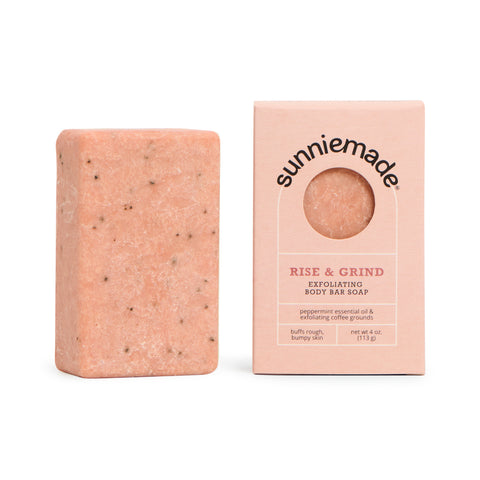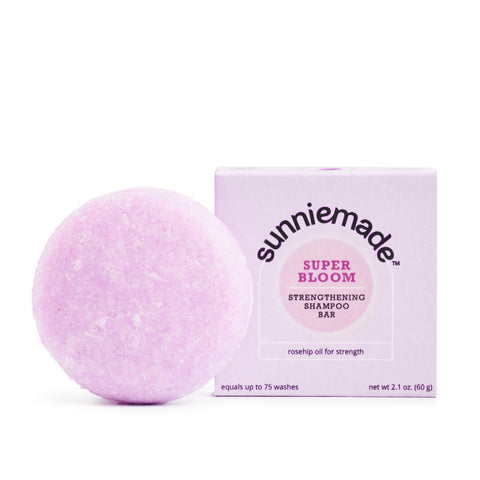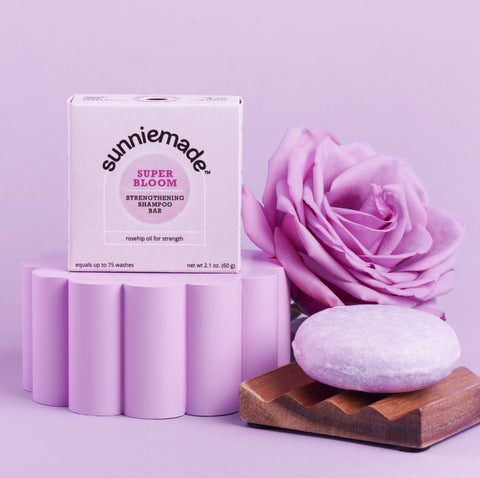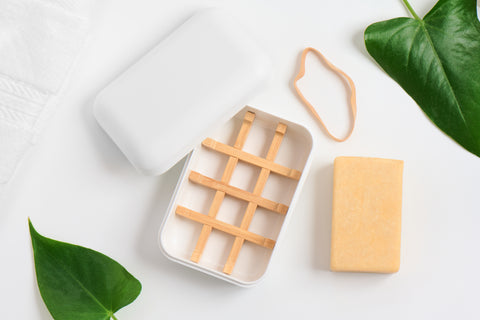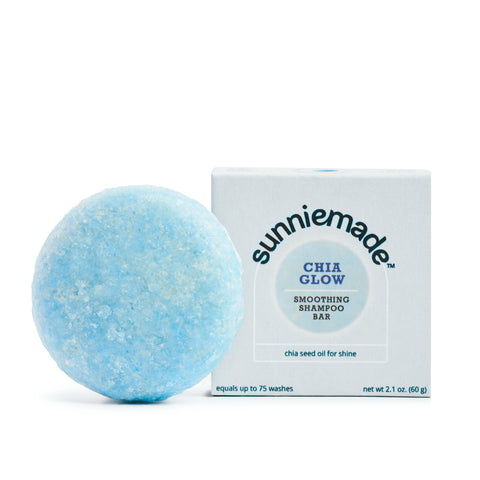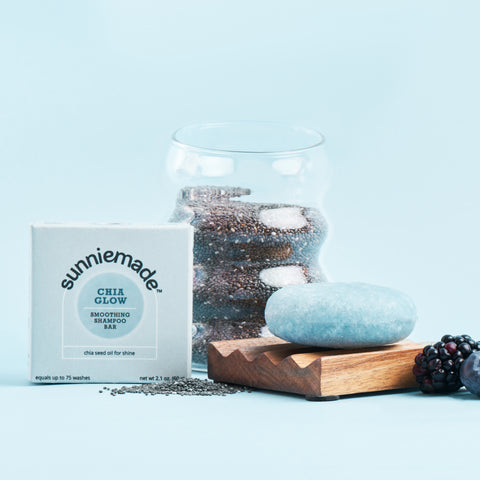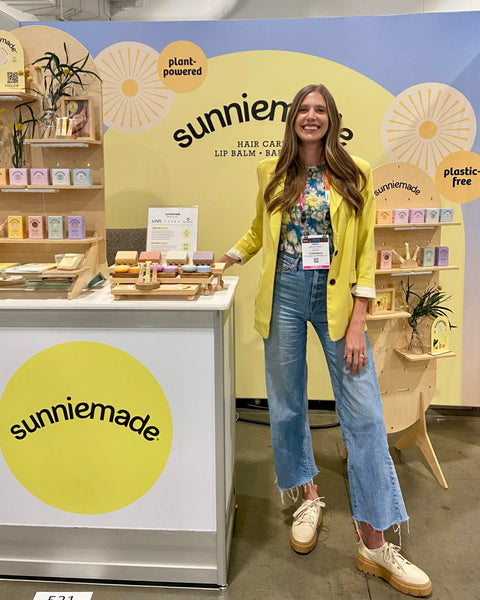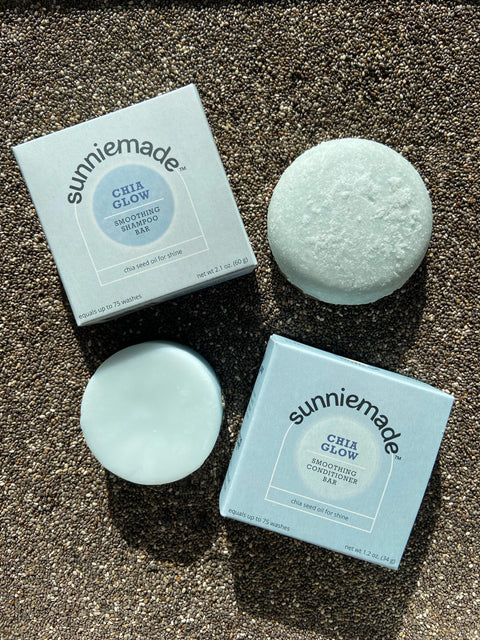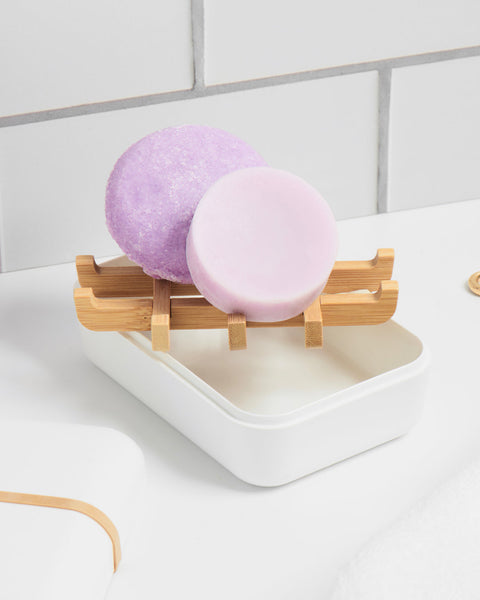Cleaning Up the Soap Aisle: What You Need to Know
Have you ever noticed some of the widely available bars on the shelves of your local big box store are not actually *soap*? Did you know that it may contain beef tallow, petroleum, and other not-so-nice ingredients?
Here are a few things to know about the essential cleanser you use on your skin every day: soap.
#1: Not every bar in the soap aisle is soap
A lot of the cleansing bars out there actually are not soap, they’re “syndets,” short for “synthetic detergents.” If a product claims to be “soap-free” or is referred to as a “cleansing bar” or “body wash bar” but the word “soap” is conspicuously missing, it's likely a syndet. The most well-known and, in fact, the first syndet soap bar was Dove, which launched in 1955. Syndets may have a pH that is more acidic than soaps, so they are often touted as “pH balanced” and more friendly to sensitive skin.
Why does it matter?
Syndets rely on lab-created ingredients (often derived from petrochemicals), so they may not be biodegradable, leaving a longer-lasting environmental footprint. Many people are not only sensitive to detergents but are also sensitive to the preservatives, synthetic colors, and fragrances used in the non-soap bars. These synthetic detergents and other ingredients will also be washed down the drain where they can enter our waterways.
What to look for:
If it contains any of these ingredients, its a syndet: sodium cocoyl isethionate (the most widely used), sulfosuccinates, alpha oleficategories, alkyl glyceryl ether sulfonate, sodium cocoyl monoglyceride sulfate, betaines
#2 Not all bar soap is plant-based
While some syndets can contain petrochemical derivatives, some bar soaps contain animal products. Soap is made through the saponification of an akalki (typically lye, otherwise known as sodium hydroxide) with a fat (like oils or butters). When mixed together, lye (derived from wood ash) chemically binds to the fats to create a new substance altogether: soap. When humans first started making soap (around 2800 BC!) they commonly used animal fats, like sheep or cattle tallow. Today, plant-based soap is more widely available and made from ingredients like coconut oil, shea butter, olive oil, etc. But there are still many non-vegan soaps, some of which are obvious (like goat's milk soap), and some of which are more subversive. For example, Dial lists “Sodium Tallowate” as an ingredient, which is the scientific term for saponified tallow.
Why does it matter?
If you’re vegan or concerned about animal welfare, it’s important to understand which soaps are truly vegan. Even those that don’t abide by a vegan lifestyle may cringe at the idea of cleansing their bodies with animal fat.
What to look for:
To avoid animal ingredients, steer clear of anything that lists Sodium Tallowate (the scientific term for saponified tallow) and Caprae Lac (the scientific term for goats milk).
To avoid petrochemicals, limit use of syndets, unless they specify that they are plant-derived (like coconut-derived).
#3 Mass-produced soap can be harsh on skin
Bar soap can be made through different methods: cold process (poured) and extruded. Extruded soap (often referred to as soap finishing, or soap noodles) involves massive equipment with high heat and pressure to condense and shape the product. A by-product of saponification is glycerin, a natural humectant, used as a moisturizing agent in lotions and other products. Commercial companies often remove and re-sell the natural glycerin and add in synthetic colors, scents, and preservatives that increase shelf life. This is why some commercial bar soaps are believed to be drying because they’ve eliminated the natural moisturizing qualities. The high heat and pressure used in mass production can also limit the use of delicate natural ingredients and essential oils.
Why it matters:
If you have sensitive or dry skin, mass-produced soaps may irritate your skin due to the removal of the glycerin and the addition of synthetic ingredients. Many soap users also prefer to access a wider range of natural scents and exfoliants that may not be feasible through extruded methods.
What to look for:
While the ingredients can be similar to natural soap, the method is different, so you can usually spot an extruded bar of soap because of the shape. These are formed in pressurized individual molds and thus have rounded edges, whereas cold processed soap is poured into a large block mold and sliced, so it's usually rectangular with crisp edges.

Cleanliness is a craft
Sunniemade bar soap is cold-processed, hand-poured, and cured for four weeks to retain the nourishing glycerin and allow for the most moisturizing, natural skin-loving ingredients possible. Our soap is also formulated with a 5% superfat, which means that after the saponified oils wash away, moisturizing shea butter and castor oil remain, leaving your skin with nourishing antioxidants and hydrating oils.
While the world of soap (and syndets) can be complex, the most accurate test of a good mild soap is how it feels on your skin. So, listen to your skin and trust it.


